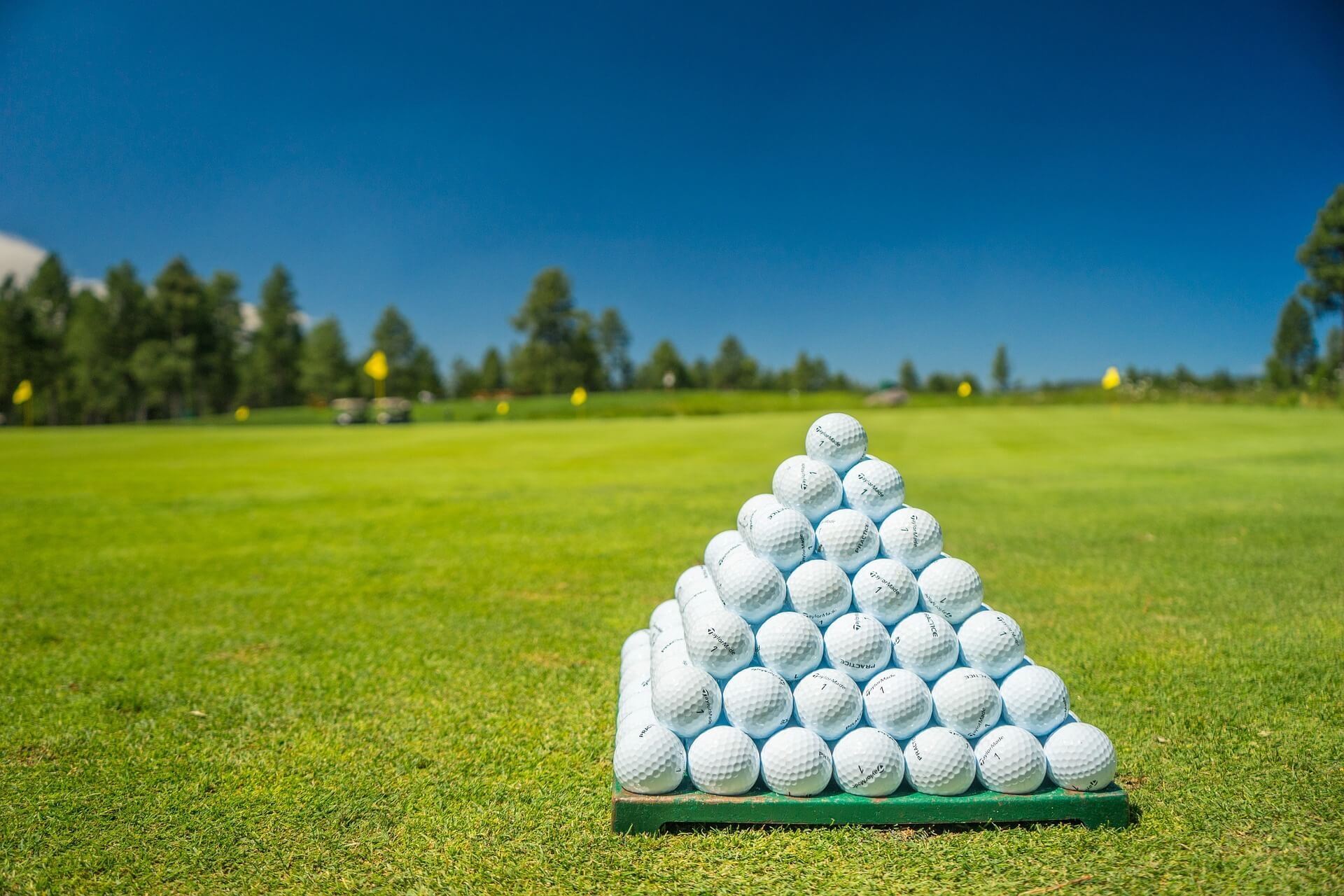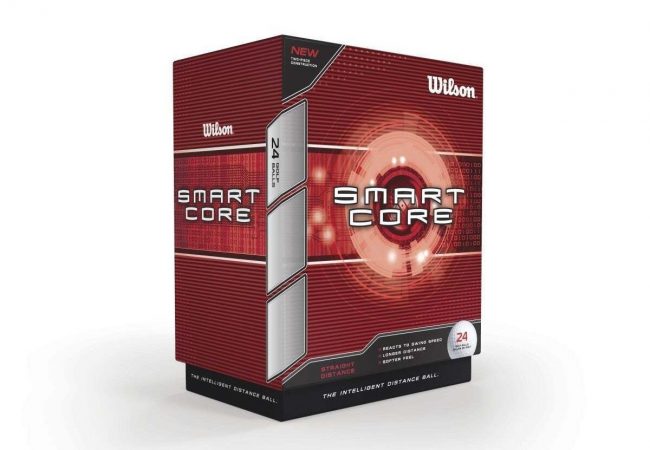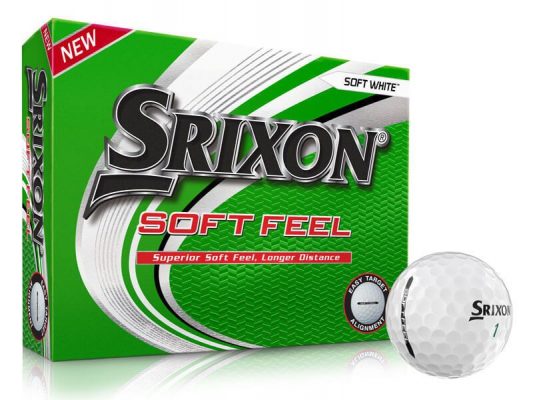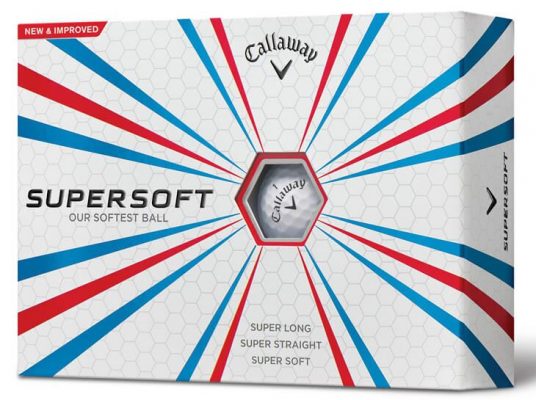Golf
The Best Cheap Golf Balls for Budget-Conscious Players
If you’re like most players, every drive off the tee contains both an opportunity for glory as well as the potential for catastrophic failure. Unfortunately, more often than not, you’ve probably seen more of the latter than the former.
Since most golfers (and most people) are right-handed, the right side of most holes – especially the out-of-bounds areas and water hazards – are littered with lost balls, some never to be found again. In fact, it is estimated that golfers lose a total of over 300 million golf balls every year. That’s a whole lotta dimpled spheres gone to waste.
Table of Contents
Because of the general paucity of skill on the golf course (among even the most quintessential of men), golfers end up needing to replenish their stack of golf balls fairly regularly. But golf balls ain’t cheap! And what’s more, if you lose several per round, it could end up doubling your golf budget for the year. As Kimberly “Sweet Brown” Wilkins once said, and Jack Nicklaus has surely thought: “Ain’t nobody got time for that.”
And precisely because no one has time for that, we put together a helpful list of the best cheap golf balls on the market. This is one of those Best Cheap Golf Ball reviews that doesn’t just include a number of product suggestions, but also some more detailed on the terms used to describe balls and their relative merits.
Materials: Ionomer vs. Urethane
Before we move on to the best affordable golf balls out there, let’s briefly talk about the materials that make them up. Balls generally have either an ionomer cover or a urethane cover.
Ionomer covers are harder, more durable shells that help golf balls last longer. Range balls, by and large, have mostly ionomer covers. Dupont has been covering balls with their ionomer cover (called “Surlyn”) since the 1960s. Ionomer covers are better for beginners and amateurs, as they create less spin when hit. Less spin means fewer hooks and slices. Ionomer covers also generally hit longer.
By contrast, more expensive balls tend to have urethane covers, which are softer and more reactive. They may not last as long, but they’re mostly used by professionals and low-handicap golfers, who prefer the control offered by urethane. Higher-quality golfers like urethane covers because the material allows the grooves of a golf club to truly bite into the golf ball, creating a greater degree of friction, and thus control.
The 5 Best Cheap Golf Balls in 2022
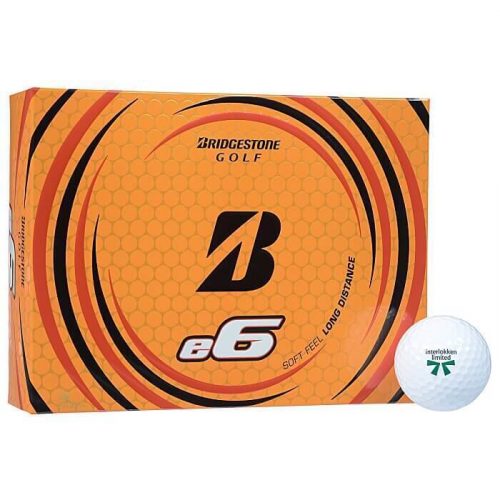
Bridgestone E6 Golf Balls – $2 Per Ball
Who has time for those expensive boxes of a dozen anyway? A dozen from KAEDE will set you back almost $40 USD for a dozen, while a 12-pack from the Dixon Fire series will blow your hair back at $75 USD ($6.25 per ball).
Instead, opt to pay much less with a dozen from Bridgestone. Coming in at $23.99 for a dozen (only $2 per ball), these are a great choice for any golfer that shoots between 90 and 110 – which is most golfers.
Designed for those that want maximum distance from their relatively moderate swing speed, the 2-piece construction and soft, low-compression core will help you create some high ball speed off the tee while still maintaining a soft feel. If you don’t swing like the human artillery cannon Bryson DeChambeau (who does?), these Bridgestone E6 balls could be the perfect fit for you.
Get them in white (duh) or our favorite, high-visibility yellow. Why yellow? Because they’re much easier to pick out when you’re hacking and slashing through the underbrush like Micheal Douglas in Romancing the Stone, trying desperately to find your ball after a nasty slice into the woods.
Wilson Smart-Core Golf Balls – $1 Per Ball
Honestly, we never thought anything could take the place of our favorite spherical Wilson, the volleyball from the Tom Hanks classic Cast Away. However, after seeing the price on these Wilson Smart-Core golf balls, we might have found a new favorite!
Besides the very attractive price, the thing we love about these Wilson Smart-Core balls is their Smart-Core Technology. According to Wilson (the golf company, not the inanimate fictional volleyball) these bad boys react and adjust to each player’s individual swing speed.
For example, when hitting shorter distances, these balls offer up decent spin and control, but when swinging harder and taking on longer distances, the balls create a minimized spin, resulting in longer and more accurate bombs. And because they have a durable Ionomer cover, they last longer, and can stand up to the hackiest of hackers.
Pick up two dozen of these sweet little spheres from Wilson for only $24.99 — that’s just a little over $1 per ball. This is an especially good deal if you opt to spend over $50 on your order, which grants you free shipping.
Srixon Soft-Feel Golf Balls – $1.80 Per Ball
Next up on our list of the Best Cheap Golf Balls are the Srixon Soft-Feel golf balls. The design of these is well suited towards those with lower club-head speed off the tee, meaning they may be some of the best choices for older golfers, who tend to swing lighter.
They provide a solid but comfortable impact, soft enough for control, but firm enough to fly through the air upon impact. The cover is made of Ionomer, but it is thin enough to absorb all the force created by impact and give you an accurate feel.
These are low-compression balls, have a soft feel around the greens, and the only downside is that because of their softness, they scuff a little more easily when hit by players with high swing speeds. If you’re a strong, young buck, you might be able to find a better fit, but if you’re a quintessential man who prefers control over power, then pick yourself up a pack of Srixon Soft Feels.
TaylorMade Noodles – $1 Per Ball
This wouldn’t be a list of the best cheap golf balls without including the famous Noodle Long and Soft. Unlike during another quintessentially manly activity, being both long and soft is quite an advantage in golf. In fact, the Noodles are such an advantage that they’re technically illegal in the PGA.
Why are Noodles illegal? Simply put, these balls are illegal because of the advantage they deliver to players using them.
They have an aerodynamic dimple pattern that helps the ball both travel a great distance while generating low spin. This helps reduce hooks and slices while also increasing the length of your drives during ball flight. It can also be an advantage for players with a slower swing speed off the tee.
But most golfers are not entering amateur or professional tournaments, and they’re several lifetimes of practice away from making the cut in the PGA. So for that reason, along with the stupendously low prices, we highly recommend trying out some Noodles at some point in the future. This goes double for those golfers that lose between 4-7 balls per round.
Callaway SuperSoft – $2 Per Ball
Golf is a gentleman’s game, and even though logo design typically has nothing to do with the quality of the ball or the equipment, it’s hard not to think of Callaway as having one of the most elegant and gentlemanly designs on the market.
But should you buy the new Callaway Supersoft golf balls just because they look great? Maybe! But more likely, you’ll want to pick up a dozen because they offer long, straight drives, good distances, while also retaining all of the advantages found with a ball that’s incredibly soft.
These super-soft golf balls have an ultra-low compression — almost half of the already-low Srixons, profiled above. These 2022 balls also have a new hybrid cover, an innovative one called a Paraloid Impact Modifier. The ball features a multi-material construction that provides fast ball speeds, low spin and low drag. And because of their soft feel, using these balls also gives you excellent greenside control – and who doesn’t want that?
The “High Speed Soft Compression Core” maximizes energy transfer to increase ball speeds, and their HEX Aerodynamics is optimized to reduce drag and enhance lift. This results in an increased carry and higher flight, and the best part? They also come in bright yellow.
Cheap vs. Expensive: What’s the Difference?
Generally speaking, the difference between cheap and expensive balls have to do with the materials used in their construction. The cheaper ones tend to have only a couple of layers, and the more expensive ones might have three or four layers. The covers of the more expensive ones tend to be thinner, while the cheap ones have covers that are thicker and more durable.
Lower-priced balls also tend to have less spin. This can be an advantage for amateurs, who want to reduce their slices and hooks. However, when you’re near the green, more spin means more rolling, which can be problematic. A higher-end ball (often used by higher-end players) will tend to have more spin, and more control.
Are more expensive balls worth it?
In the end, as it is with so many difficult questions in life, the answer to this question is “it depends.” Why? Because more expensive golf balls are only “worth it” depending on your skill level.
Just like when buying a bottle of wine at a restaurant, there’s no reason to buy the more expensive one if you can’t taste the difference, right? The same logic holds for golf. If you can’t feel the difference in your swing or see it on your scorecard, then you should probably stick with something more affordable.
Because most average golfers – even quintessential men – are still working on the dynamics of their swing and their consistency (aka, because they’re pretty trash most of the time), we would recommend you try out a few different kinds, and stick with what you think the best balls are.
After all, most of golf is a mental game, so if you have confidence in your balls, you’ll be more likely to get a better score (and have a better time) while you’re out on the course. Need still more information on golf balls? Check out our list of the 8 Best Golf Balls on the market, irrespective of price.

